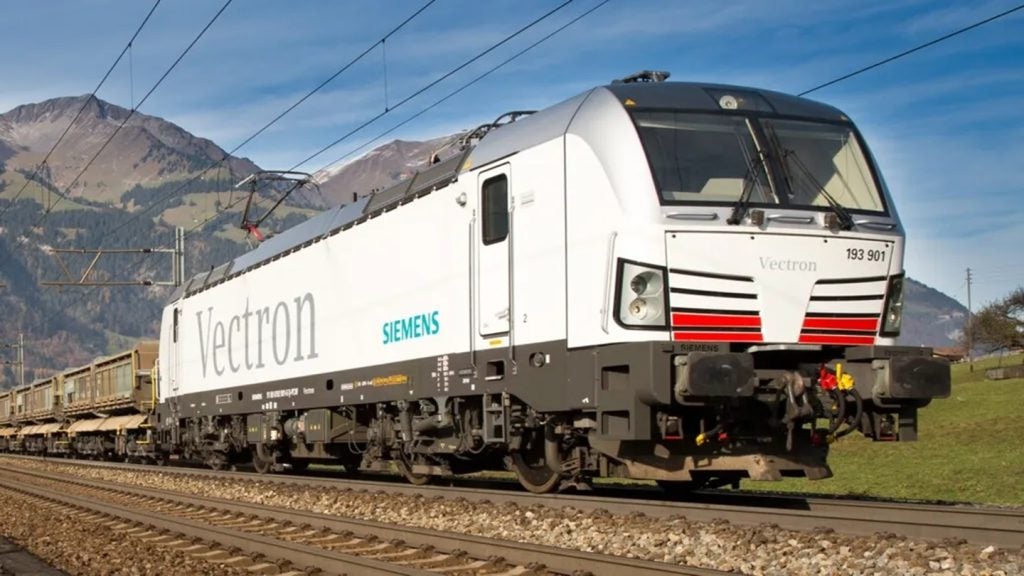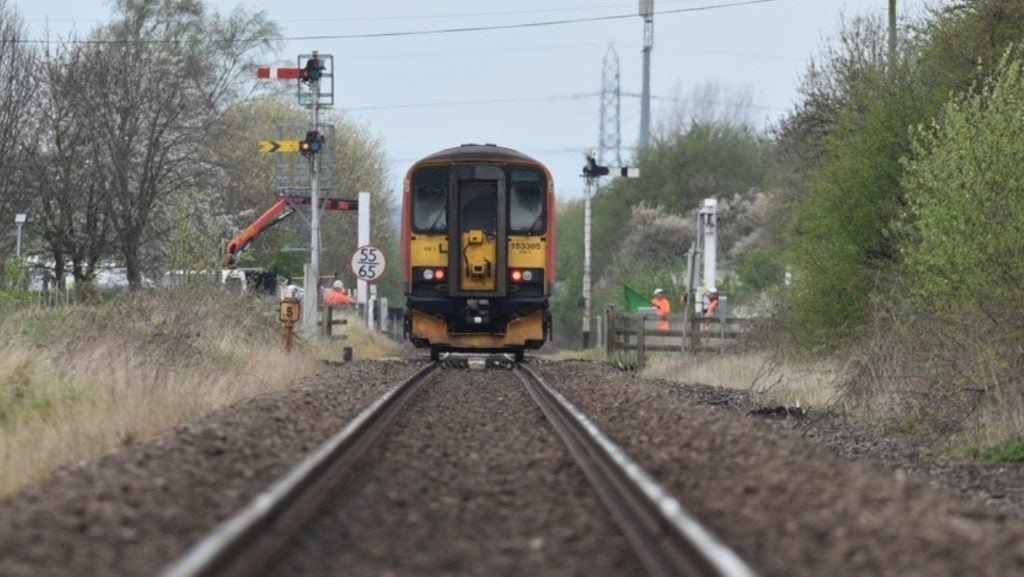Rail car axles, wheel axles and cart axles for the rail industry: Introduction
The rail industry is one of the most important forms of transport for global commerce.
Around the world, railways facilitate the efficient transport of goods across vast distances.
Central to the operation of any rail vehicle are its axles, which must be robust, reliable, and precisely engineered to ensure safety and performance.
Our buyer’s guide content identifies and discusses some of the more critical considerations for those seeking rail car axles, wheel axles, and cart axles.
Our content provides a comprehensive guide to buyers and industry enthusiasts, and highlights some of the latest technological advancements that are evolving this global sector.
See Also:
Understanding rail axle specifications
When sourcing rail car axles, wheel axles, or cart axles, it is imperative to understand the specific requirements of the application.
Axles must be designed to withstand the weight of the rail car and its cargo, as well as the dynamic forces encountered during transit.
Key specifications include axle load capacity, material composition, dimensions, and adherence to industry standards.
Buyers must also consider the type of service the axle will perform.
For instance, axles for high-speed trains differ significantly from those used in heavy freight services.
The former may prioritise weight reduction and dynamic performance, while the latter emphasises durability and load-bearing capacity.
Key considerations: Selecting the right axle for your needs
Selecting the appropriate axle for a rail vehicle is a nuanced process. It involves balancing factors such as cost, weight, maintenance requirements, and compatibility with existing systems.
For example, a rail wheel axle must be compatible with the wheelsets and the track gauge, ensuring smooth operation and minimising wear.
Moreover, the choice of material plays a crucial role in the axle’s performance. High-strength steel alloys are commonly used for their excellent fatigue resistance and load-bearing capacity.
However, advancements in materials science may offer alternative options with superior properties or cost-effectiveness.
Latest technological advances in axle design
The rail industry is witnessing a surge in technological innovation, particularly in axle design.
Modern rail car axles are the product of advanced engineering techniques, such as finite element analysis, which optimises the axle geometry for stress distribution.
Additionally, surface treatments and coatings have been developed to enhance wear resistance and reduce the need for maintenance.
One notable advancement is the use of predictive maintenance technologies. Sensors embedded within the axle assembly can monitor its condition in real time, predicting potential failures before they occur.
This not only improves safety but also reduces downtime and maintenance costs.
Industry-leading systems and solutions for rail axles
The market offers a plethora of systems and solutions tailored to rail car axles, wheel axles, and cart axles.
These range from complete axle assemblies to individual components such as bearings, lubrication systems, and braking mechanisms.
Some of the current industry-leading solutions include, but are not limited to:
- Axle boxes and bearing housings
- Lubrication systems for axle bearings
- Wheelset assembly and maintenance equipment
- Axle condition monitoring systems
- Heat treatment facilities for axle strengthening
- Ultrasonic testing equipment for flaw detection
- CNC machining centres for axle manufacturing
- Fatigue testing rigs for axle durability assessment
- Coating systems for corrosion protection
- Electromagnetic inspection systems for surface defect detection
- Custom-engineered axles for special applications
- Retrofitting kits for axle upgrades
- Dynamic balancing systems for wheelsets
- Rail axle repair and refurbishment services
- Research and development services for custom axle solutions
Each of these systems plays a crucial role in ensuring the performance and longevity of rail axles, and buyers must carefully evaluate the offerings to select the most appropriate solutions for their specific needs.
Rail car axles, wheel axles and cart axles for the rail industry: Our conclusion
The selection of rail car axles, wheel axles, and cart axles is a critical decision that requires careful consideration of various technical specifications and market offerings.
With the rail industry evolving rapidly, staying abreast of the latest technological advances and systems is essential for making informed choices.
By understanding the nuances of axle design and the solutions available, buyers can ensure the safety, efficiency, and reliability of their rail operations.






